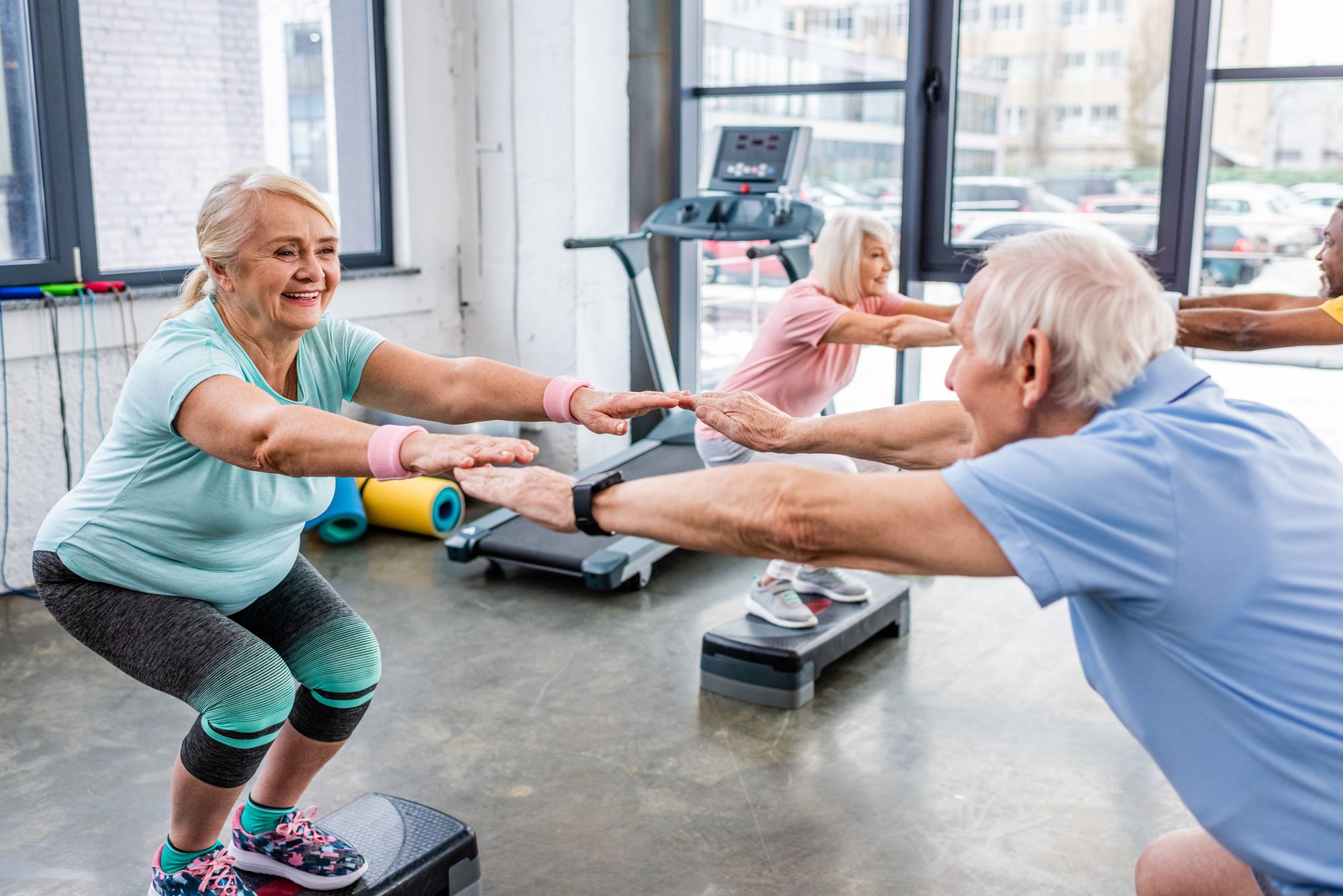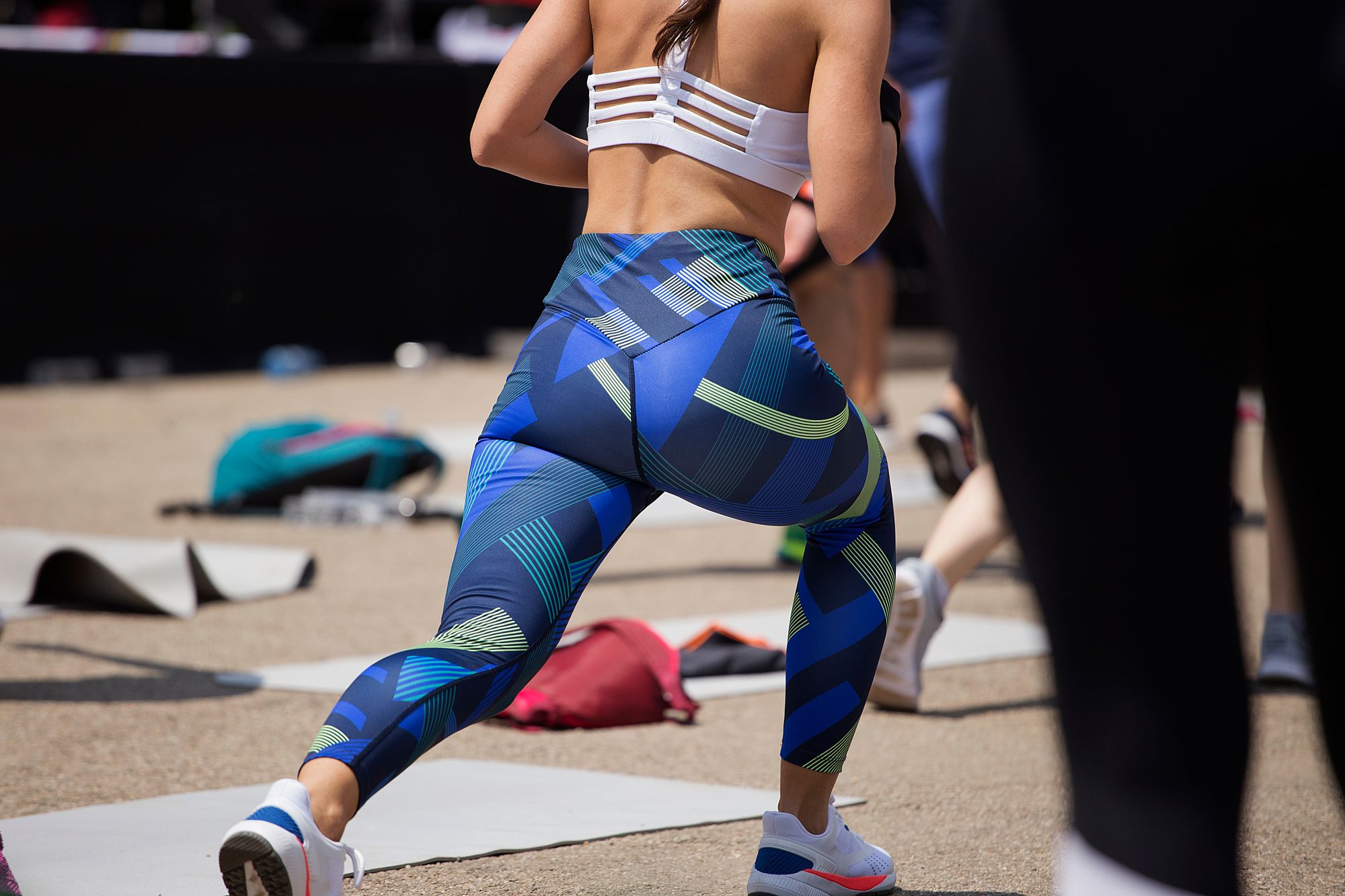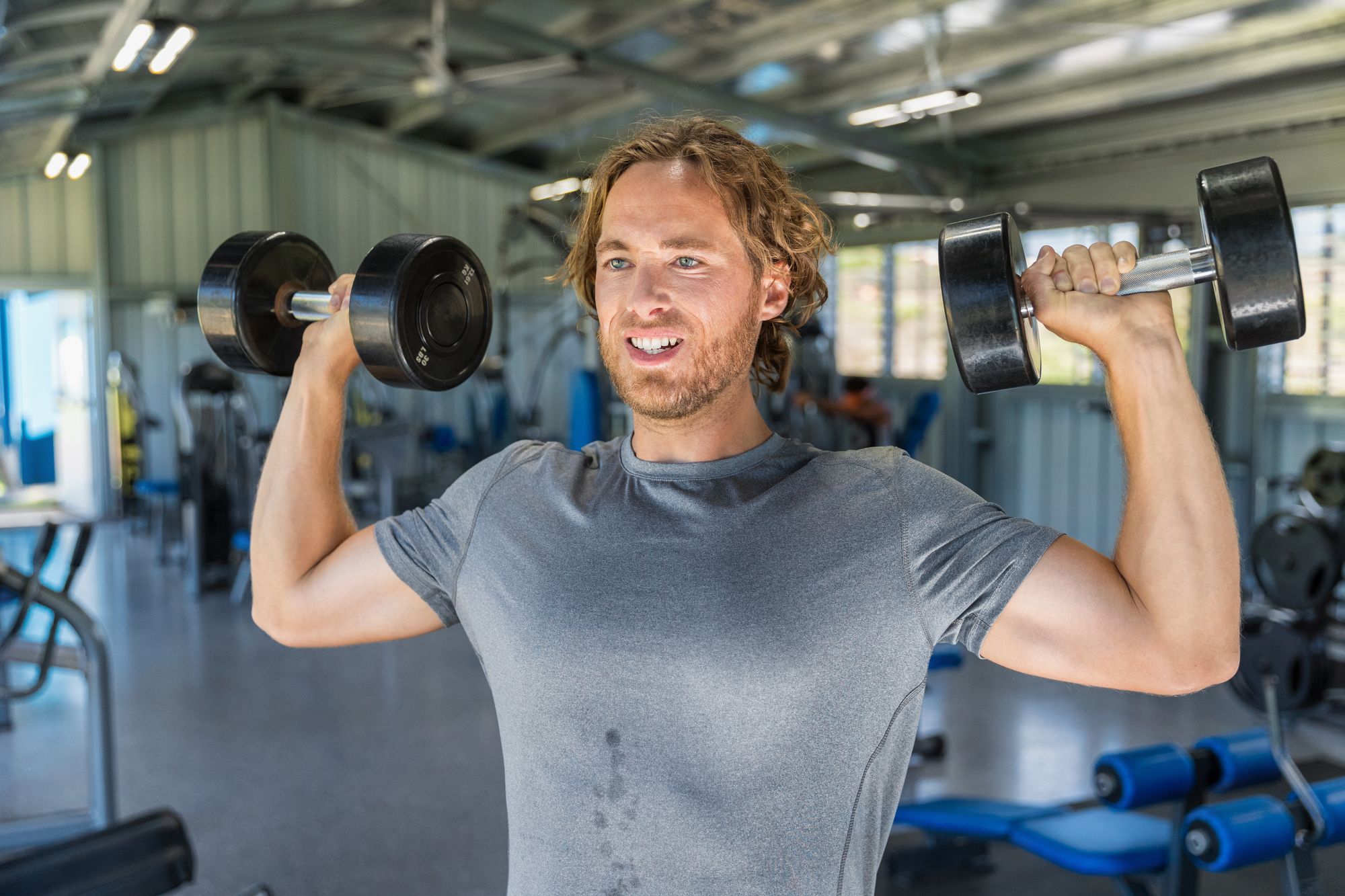Achieving and maintaining a lean physique can be a formidable task, regardless of age. In a modern age characterized by sedentary lifestyles and easily accessible, unhealthy food options, it becomes increasingly challenging to stay fit and ward off unwanted body fat. As one progresses into their 50s and beyond, the obstacles become even more daunting due to the inevitable loss of muscle mass, strength, and mobility associated with aging. However, there is good news: we have curated the ultimate 10-minute workout routine specifically designed to help you maintain a lean body after reaching the age of 50.
By incorporating regular strength training exercises into your fitness regimen and adopting healthy dietary and lifestyle habits, you can effectively delay and even reverse the age-related decline in your physical fitness while promoting muscle growth. The following workout routine has been carefully crafted to optimize your results in just 10 minutes. Aim to complete two sets of 15 repetitions for each exercise, with a 60-second rest between sets. If you have additional time available, consider performing three to four sets. Regardless of the number of sets, ensure that you commit to completing this workout at least three times per week to experience optimal outcomes. Continue reading to discover the details of this highly effective workout routine.
1) Squats:

Including squats in your exercise routine can have multiple benefits for preserving your functional abilities and strengthening various muscle groups. Squats primarily target the quadriceps, hamstrings, glutes, and core muscles, while also contributing to improved muscle tone in these areas.
To perform a squat correctly, start by standing with your feet shoulder-width apart, with your toes slightly pointing outward. Ensure your chest is lifted, engage your core muscles, and maintain a neutral spine throughout the movement. Begin the squat by bending at your hips and knees, while keeping your weight centered on your heels and pushing your hips backward. Continue lowering your body until your thighs are parallel to the ground. To complete the squat, push through your feet and extend your legs, returning to the starting position. Repeat this sequence for the desired number of repetitions.
2) Seated Rows
Incorporating seated rows into your workout routine offers numerous benefits, including strengthening your upper back, building muscle in key areas such as the lats, rhomboids, traps, and biceps, and promoting proper posture. These exercises are particularly effective for maintaining your ability to handle objects during everyday activities.
To perform a seated row exercise correctly, find a bench or sit on the floor facing a cable machine equipped with parallel handles. Sit with your legs extended and grasp the handles using a neutral grip, with your arms fully extended and your palms facing each other. Engage your core muscles, lean back slightly, and maintain an upright posture. Initiate the movement by pulling the handles towards your chest, focusing on retracting your shoulder blades and squeezing them together as if you were crushing a piece of fruit in your armpits. Throughout the entire range of motion, be mindful to avoid shrugging your shoulders. Slowly return to the starting position and repeat the exercise for the desired number of repetitions.
3) Reverse Lunges

Lunges play a crucial role in maintaining essential gait abilities like walking, running, and climbing stairs. Reverse lunges, in particular, offer a low-impact variation that reduces strain on the front knee while effectively engaging the quadriceps, hamstrings, and glutes.
To perform a reverse lunge correctly, begin by standing tall with your feet hip-width apart and your hands either on your hips or by your sides. Take a step back with your right foot, simultaneously lowering your body by bending both knees. Ensure that your left knee remains positioned above your left ankle. While lowering your right knee towards the floor, slightly rotate your right foot inward to optimize biomechanics. To return to the starting position, push through your left foot. Repeat this sequence for the desired number of repetitions, then switch legs to work both sides evenly.
4) Standing Shoulder Presses

Maintaining strength and the ability to reach overhead is essential for various daily tasks such as accessing objects on high shelves or engaging in home improvement projects. Standing shoulder presses are a compound exercise that specifically targets the deltoids and triceps while preserving this crucial ability. Opting for dumbbell shoulder presses can be beneficial as they are generally gentle on the shoulder joint. For individuals with shoulder issues, using a parallel grip with palms facing each other can provide added support.
To perform a standing shoulder press correctly, begin by standing with your feet shoulder-width apart. Hold dumbbells at shoulder level, with your palms facing forward or inward. Engage your core muscles and maintain an upright posture, with a slight knee bend. Press the dumbbells overhead, extending your arms fully while ensuring that you avoid shrugging your shoulders. Maintain control and stability as you slowly lower the dumbbells back to the starting position. Repeat this movement for the desired number of repetitions.
5) Glute Bridges

Glute bridges offer a straightforward yet highly effective method for strengthening your glutes and hamstrings. These exercises are commonly included in lower back pain prevention routines and also aid in preserving muscle mass in your posterior chain. For those seeking an additional challenge, you can incorporate a weighted object on your lap to increase resistance.
To perform a glute bridge correctly, begin by lying on your back with your knees bent and your feet flat on the floor, positioned hip-width apart. Keep your arms by your sides. Engage your abdominal muscles by drawing your lower rib towards your pelvis, ensuring your spine maintains a neutral position. Push through your heels and lift your hips off the ground, focusing on squeezing your glutes at the peak of the movement. As you lower your hips back down to the ground, maintain control and continue engaging your core and glutes. Hold the squeezed position at the top for approximately one second. Lower your hips back down to the ground and repeat the exercise for the desired number of repetitions.
6) Lat Pulldowns

The lat pulldown is the final exercise in our 10-minute workout routine designed to help you maintain a lean body as you age. This exercise focuses on strengthening your upper back and preserving muscle mass in your torso. It is crucial to maintain strength in this range of motion for various day-to-day activities, such as closing a car trunk, cleaning or reaching overhead surfaces, and performing other overhead-reaching tasks.
To perform a lat pulldown effectively, take a seat at a lat pulldown machine with your feet flat on the floor, ensuring that your knees are positioned securely under the padded supports. Grasp the bar with an overhand grip, positioning your hands wider than shoulder-width apart. Engage your core muscles and maintain an upright posture, with a slight arch in your lower back. Begin the movement by pulling the bar down towards your chest, focusing on retracting your shoulder blades and squeezing them together at the bottom of the motion. Throughout the entire range of motion, be mindful to avoid shrugging your shoulders. Slowly return the bar to the starting position, maintaining control and engagement in your upper back muscles. Repeat this sequence for the desired number of repetitions.

